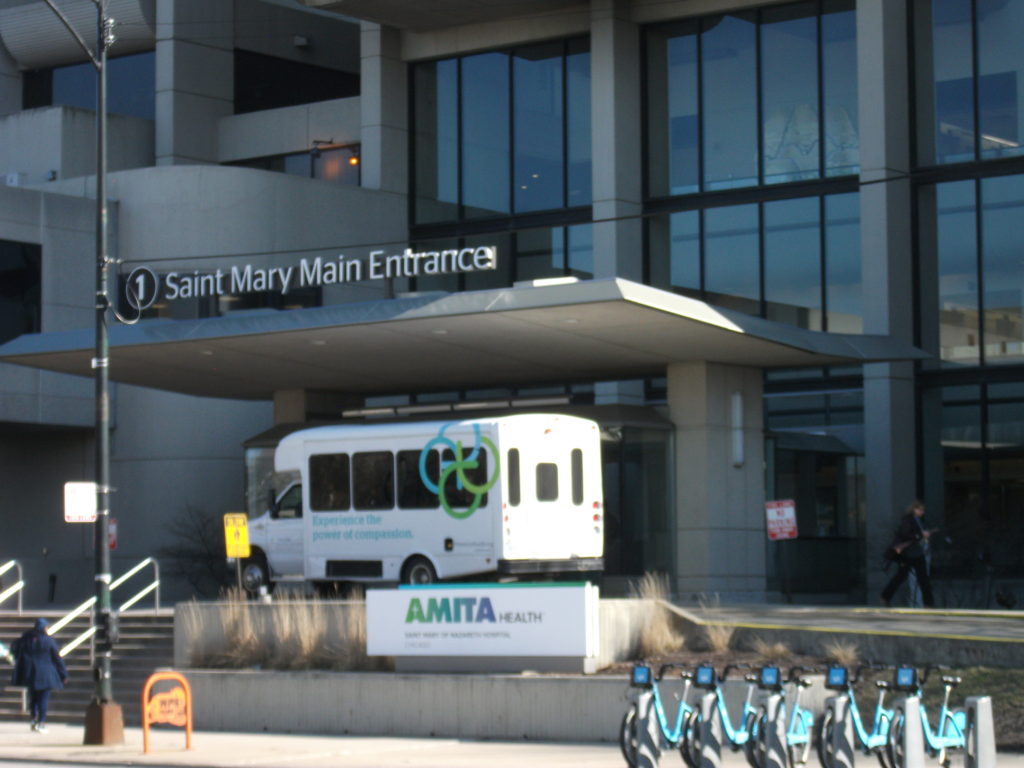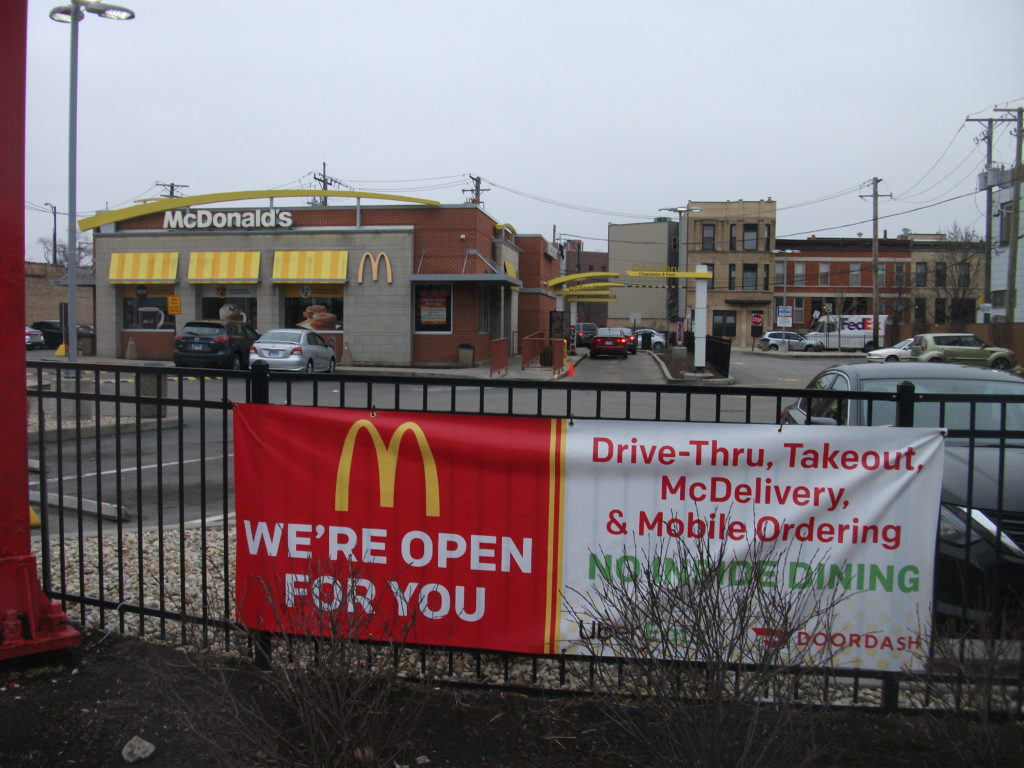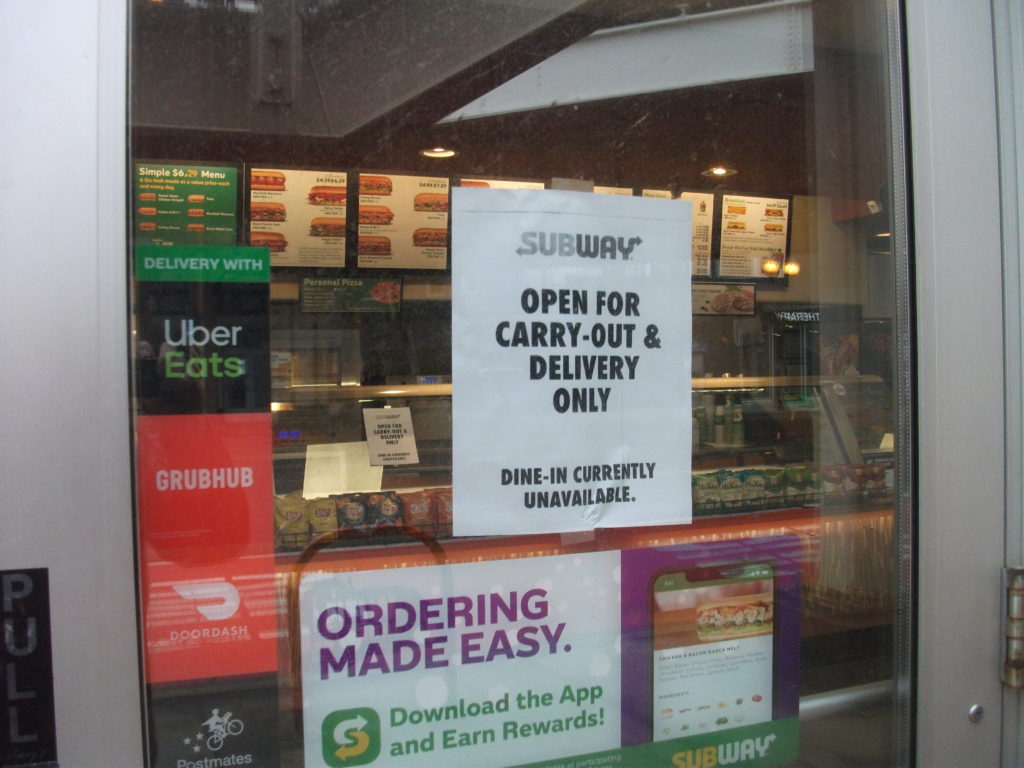I miss my gym already, closed just two weeks ago. There was a profusion of equipment to keep anyone in shape, whether you were working on legs, biceps, core, cardio, some combination, whatever. Here at home, I have small barbells, some ankle weights, and perhaps most importantly, a newly tuned 26-inch bicycle. There are other bicycles in our garage, mostly to accommodate grandchildren but also one my wife uses. We were out briefly yesterday for a ride in the neighborhood before the blustery spring winds brought more rain.
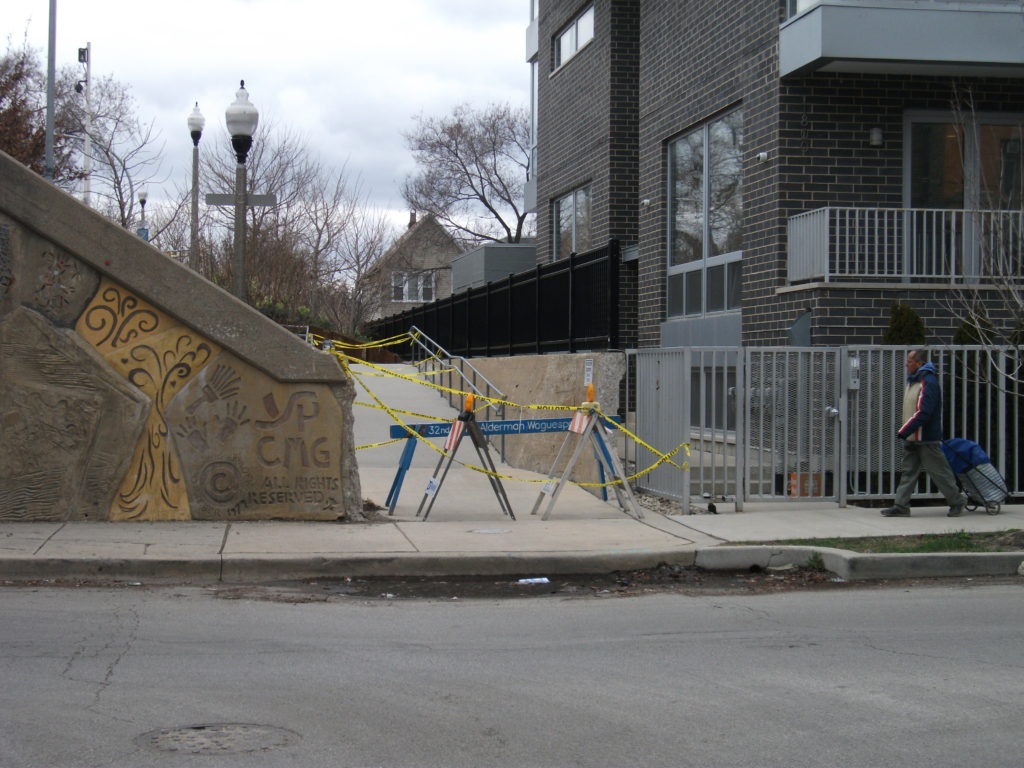
A friend joked a few days ago that, after closing the Lakefront trail, adjacent parks, and beaches, and the 606 Trail plus park district field houses and playgrounds, Mayor Lori Lightfoot may have been praying for rain to enforce the stay-at-home, social distancing restrictions in effect throughout Illinois. If so, she got her wish over the weekend, but the weather is changing already, and Chicagoans are likely to take advantage of it. That’s okay, as long as we use those big park spaces that are still open to maintain social distance and help slow the spread of the deadly coronavirus.
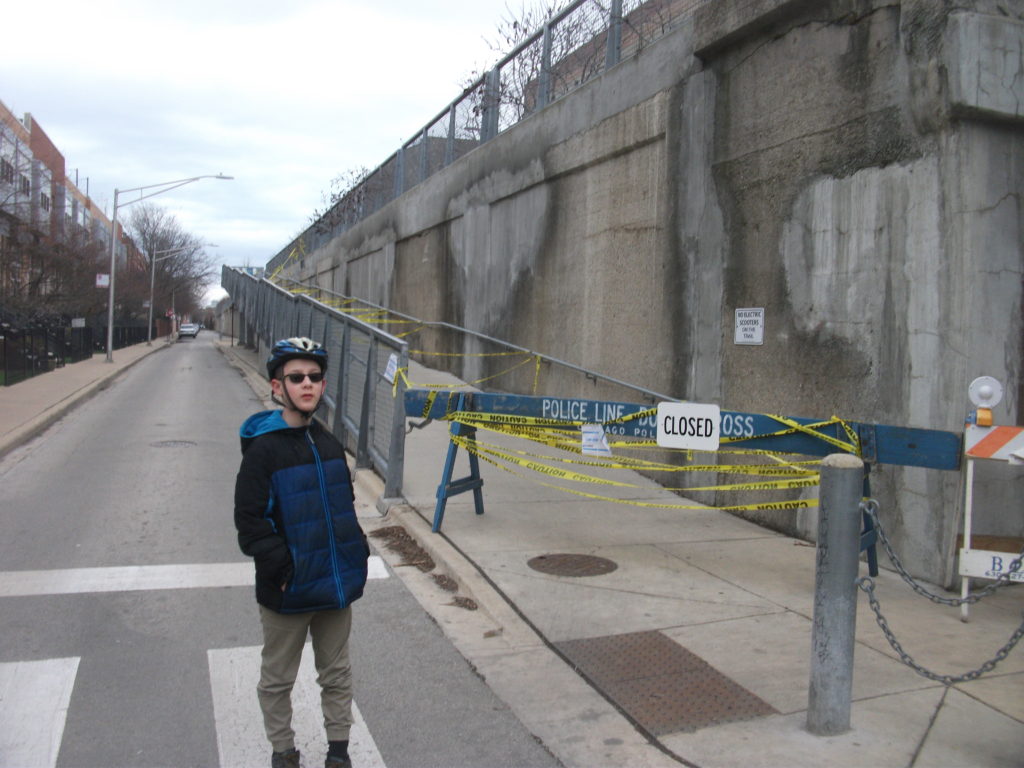
Quite frankly, just one week ago, after picking up my bike from a nearby shop that performed the tuning, I used it to ride a portion of the 606 Trail, feeling the liberation that comes with such a small adventure. That was Monday afternoon, and the closures came on Thursday. I was not surprised. The 606, which is a great community-building amenity in normal times, seemed far too narrow and crowded for public safety in these times. I have not returned. Future rides will be on winding paths in the 700-acre Humboldt Park, where one can move past other human beings without encroaching on personal space. And I can still invigorate my body and spirit with some healthy exercise.
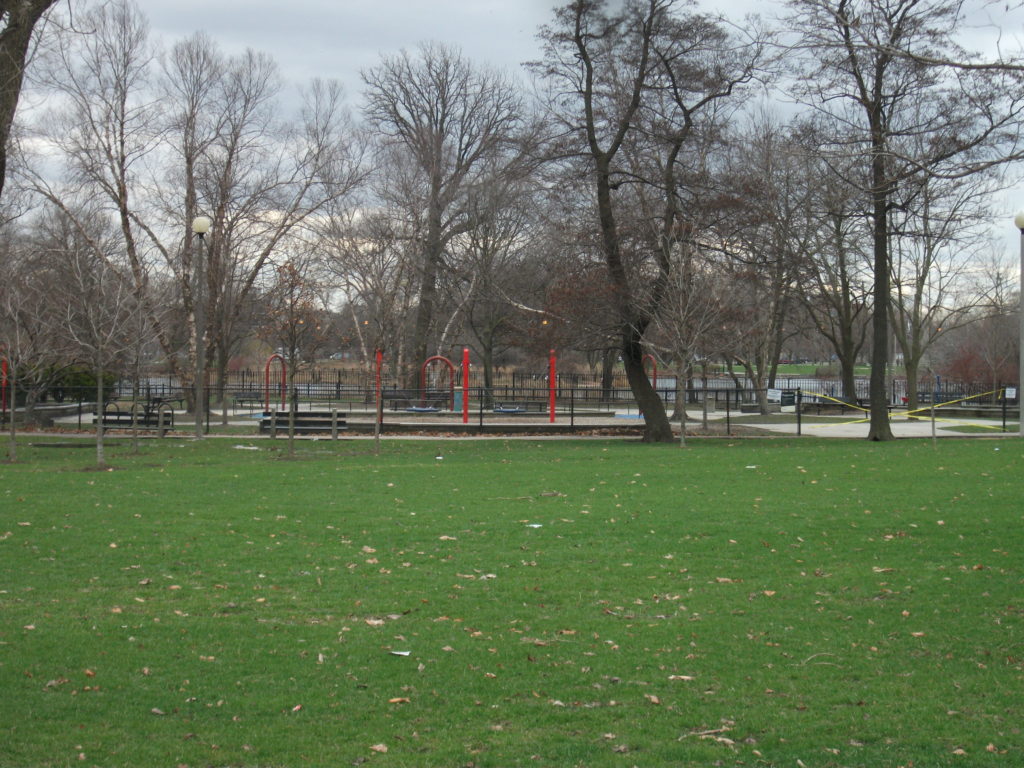
So, what is this blog post about, exactly? It is about adjustments in the time of COVID-19. But let me be clear. I am sharing the adjustments being made in our three-member household, and everyone else is making their own. Each set of adjustments is unique, yet many of us can learn from one another. I am also painfully aware that we are safer and in a better position financially than many people who have lost jobs or are suffering lost income, or have a sick family member. I can empathize, while knowing their experience will unquestionably be very different. And I wish such people the very best. Our nation is in for one tough slog against a ghastly microbial enemy.
My wife and I are both in our early seventies, but our three-member household includes an 11-year-old grandson, for whom we assumed guardianship two years ago. His mother has long faced mental health challenges. Two weeks ago, the Chicago Public Schools (CPS) closed, and as of now, they will remain so until April 20. After that? Who knows? At first, the closure was for two weeks, but that would have ended today. Officials at all levels of government have underestimated the scope and duration of this problem, but the important thing is that they are learning daily and adjusting strategies, as we all are. Universities have suspended semesters and moved classes online. A friend of mine who teaches at an area community college admits to being “dragged, kicking and screaming, into the 21st century” as he learns online teaching skills. I, on the other hand, have already been teaching online for the University of Iowa. My one class each year occurs in the fall, so the question is whether we enroll enough students to move forward by August. The odds seem good, but so much changes so quickly. Again, who knows? I will have to wait for the answer.
I practice what I call “alleged retirement,” which involves a part-time mix of teaching, consulting, public speaking, and writing. At worst, my wife, Jean, a retired teacher, and I can live off our pensions and Social Security. We would have to retrench if I had no outside income, some provided by the university, but we could survive. That makes us feel far more secure than I know is the case for gig workers, restaurant and hospitality workers, travel and tourism workers, and many others affected by shutdowns and restrictions aimed at containing contagion.
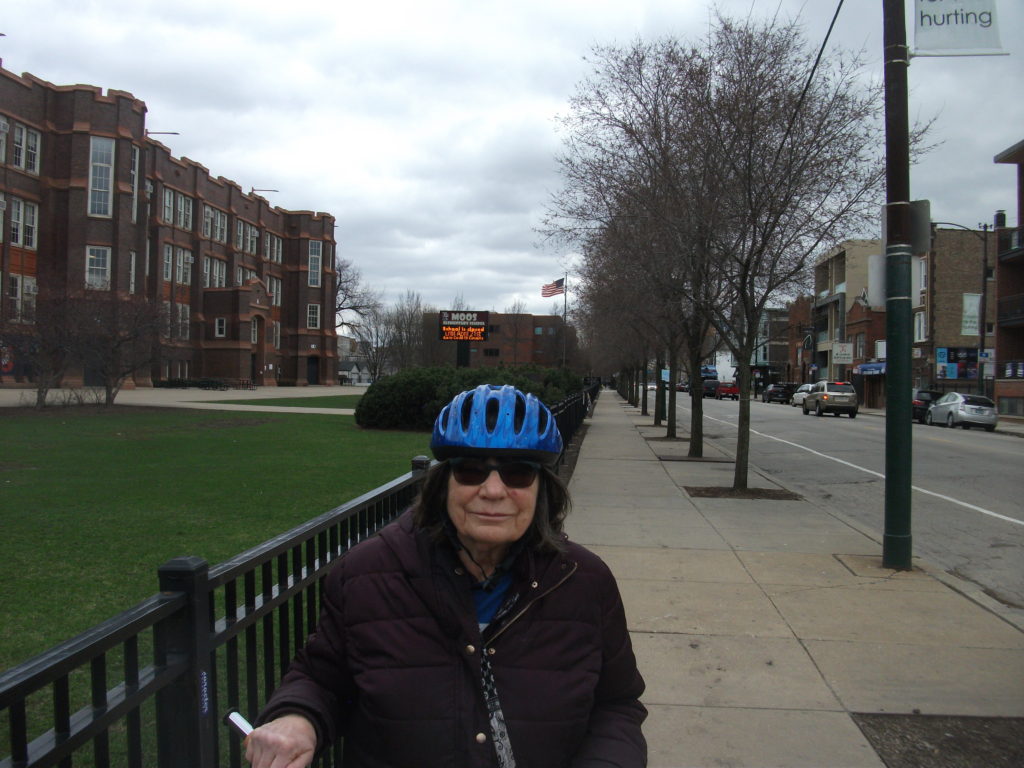
Meanwhile, precisely because she is a teacher, my wife works with Alex on reading and math, so that lost school days do not translate entirely into lost learning. But that has involved its own learning curve. In the first week, we both noticed Alex’s ability to refocus his time on television and video games. We were busy figuring things out in that week of canceled St. Patrick’s Day events and the Illinois primary, in which Jean was an election judge. But we discussed the situation, and Jean quickly began to insist on specific hours for learning exercises. I am grateful, and hope Alex is, for her knowledge of teaching methods to keep him fresh on everything from multiplication to vocabulary expansion. I can only imagine what single mothers with four children no longer attending school must be doing to cope with the situation. Many in Chicago or rural Illinois or throughout America do not have Internet, or lack personal computers, and lack daily connection with the schools that kept their children busy until just recently. We have a 16-year-old grandson who is a high school sophomore. He is staying with his father, who works long hours in a warehouse to pay the bills. While we provided Angel with a small laptop at Christmas, I have noticed that CPS is not updating information on Aspen, its grade- and assignment-tracking online program, so we have no idea what, if anything, he should be doing in his classes. I used to help him with courses like Spanish, but now I have not a clue what he should be doing. It is as if CPS just vanished into thin air. The only solution from a learning perspective may be to extend the school year in June—but only if we have coronavirus under control by then. Otherwise, you could take his lost opportunities and multiply them by the tens of thousands across the city.
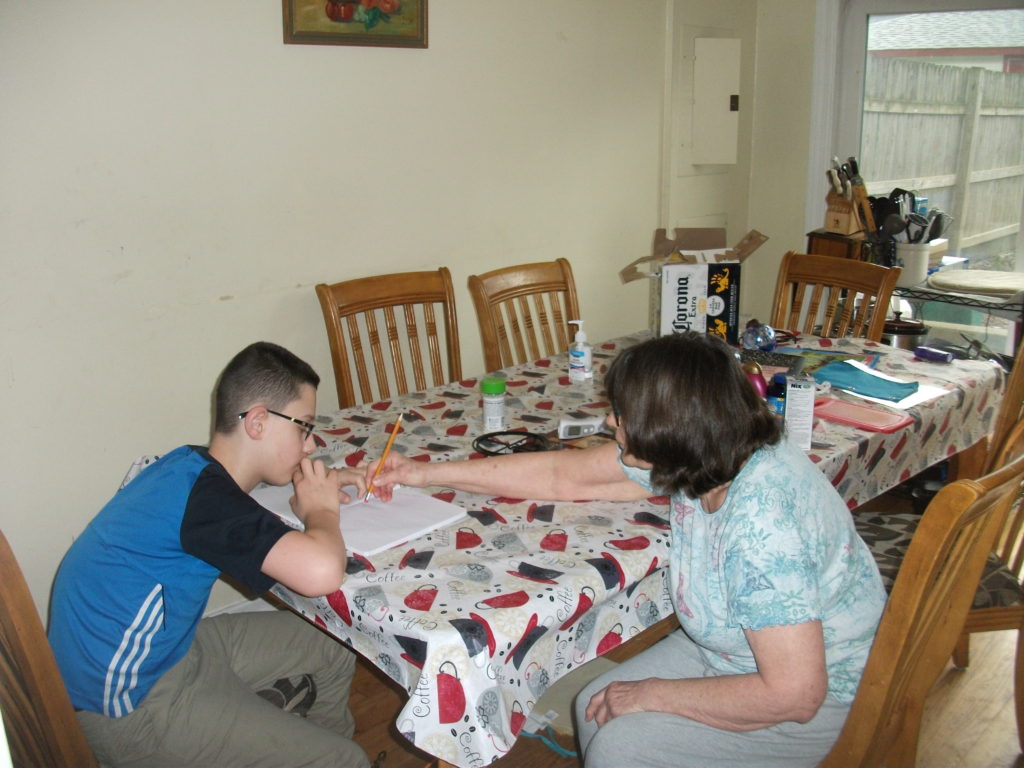
Then there is the drumbeat of coronavirus news to which people can subject themselves if they sit in front of the television all day long. I choose not to do that because I find that one hour of news tells me 90 percent of what I need to know, barring some breaking announcement, and the rest is repetition. I read the Chicago Tribune thoroughly each morning. My wife knows counselors and others who suggest limiting exposure to such news to reduce anxiety. She has taken to using some online meditation one of them has provided, and it works for her. I don’t share the anxiety because I am a different sort of person. My professional experience in the urban planning field is heavy on planning for disasters and disaster recovery. I read the news with an analytical eye, looking for clues to what we, as a society or region or city, can do better, and often turning that into commentary on this blog, but also applying it in various planning tasks. Since I retired from the American Planning Association (APA), many of those tasks have been pro bono activities, such as serving on policy guide task forces and chairing APA’s Hazard Mitigation and Disaster Recovery Planning Division. There is no shortage of opportunities, and I am grateful every day for the chance to contribute something through all those channels. It’s not all about earning money. Just helping makes our lives richer; how we do it depends on our skill set and interests.
But clearly, the precautions we are all observing can be frustrating and lead to adjustments. Travel, in most cases, is a non-starter for the near future. Little more than a month ago, I was in Rockport, Texas, assisting the APA Texas chapter with a Hurricane Harvey recovery event that allowed Texas planners to interact with planners from New York and New Jersey who could share perspectives from Sandy recovery. Two weeks later, after a quick recovery from a mild case of the flu, I was in Kearney, Nebraska, speaking at the annual conference of the Nebraska Planning & Zoning Association, sharing knowledge and ideas with colleagues there. The first hints of a truly serious public health catastrophe were becoming clear, and that became my last trip so far this year. By March 18, APA had canceled its annual National Planning Conference in Houston, an event that has typically drawn about 5,000 people. Not this year. As a division leader, I am involved in many of the leadership discussions about what comes next in taking many meetings and sessions and other events online, and moving forward. This is happening across the board to numerous organizations of widely varying sizes, with huge impacts on the hotel, airline, and convention industries not only nationwide but across the world. Caught in the maws of this economic and public health earthquake are millions of workers.
Yet, as obvious as this seems to me, with my laser focus on news that matters, I have learned that not everyone is fully aware of its consequences. Alex’s mother invited us to visit her apartment, and Jean declined because we have no way of judging how safe it is. Then, two other people visiting her apartment suggested coming to our house to visit Alex. Again, Jean said that would have to wait, but they seemed only marginally aware of developments like restaurant closures and social distancing. Meanwhile, my mother, whose resilience at an advanced age has been stunning, was released last week from a hospital in suburban Cleveland after a brief non-COVID illness to a rehab facility, where she is confined to her room for 14 days because she had been in a hospital. Visitors are not permitted, as they also will not be when she finally returns to her retirement home. In short, although I have two siblings who live near her, I could not visit even if I chose to drive there.
But that brings me to a closing note. I can stay home not only because I am “allegedly retired,” but because I am not a health care worker. Their adjustments have been the reverse of those of most of us, involving thorough engagement, exposure to life-threatening infection, and long hours of treating growing numbers of patients. And not just in urban areas. As of today, for example, Illinois has 4,596 reported cases, resulting in 65 deaths, spread across 40 of 102 counties. Small towns and rural areas will not be immune. I just heard New York Gov. Cuomo note that COVID-19 has spread to all but one county in his state.
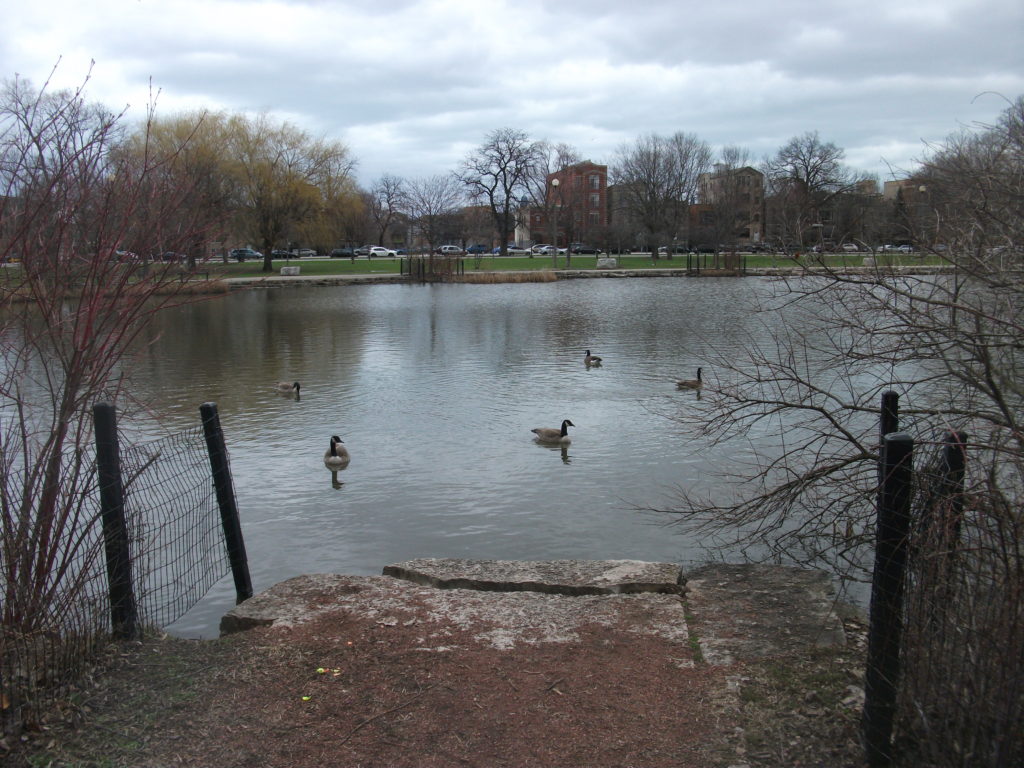
We’re all making adjustments, most of us in our homes, but our public health workers, doctors, and nurses are making theirs at the front lines. We owe them a huge debt of gratitude and everything we can do to support them, especially those who have voluntarily returned to work from retirement, or serve in the National Guard, and didn’t have to take those risks. God bless them all, every last courageous one of them.
Jim Schwab

